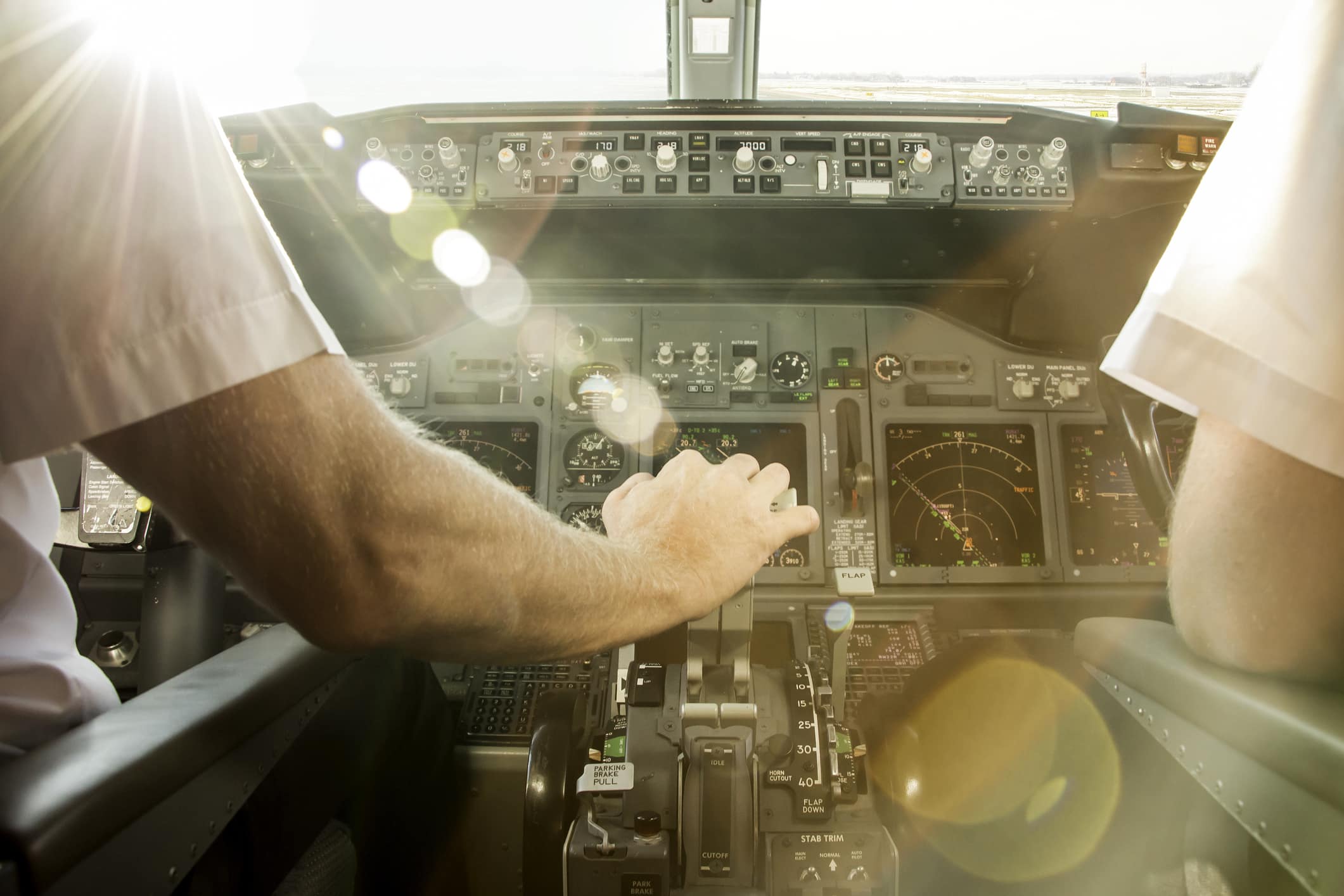Faculty Expert Asks: `How Do You Feel About Napping Pilots?’

Passengers are generally less willing to fly if they know their pilot might take a nap during the flight, although the technique – controlled rest in position, or CRIP – may alleviate fatigue, Embry-Riddle expert Stephen Rice wrote for Forbes.com.
In his essay, Rice noted that the CRIP technique is currently banned in the United States, yet it is being used on commercial flights in some other countries, including Canada and Australia.
In those regions, the technique is heavily regulated: “Pilots who plan to take a nap must inform both the co-pilot and lead flight attendant of their desire to sleep,” explained Rice, associate professor of Human Factors. “They are only allowed to sleep for a certain time window, and the co-pilot must stay awake during this timeframe. When they awaken, the pilot must sit idle for a certain amount of time before resuming duties in order to overcome sleep inertia.”
Rice, whose research group conducts surveys on consumer attitudes, reported that the CRIP technique seems to make consumers less eager to fly. “Interestingly, female participants were less willing to fly in this condition compared to their male counterparts,” he added.
What Do Pilots Think?
In a study of pilots, Rice noted that “about two-thirds approved or strongly approved of using CRIP in the United States, while 16 percent disapproved or strongly disapproved. The remaining 14 percent were neutral. On average, the pilots felt that no more than two naps should be allowed during a four-hour block of time, with each nap being about 45 minutes long. They also felt that 15 minutes was enough time to overcome sleep inertia once they had awakened from the nap.”
Some pilots expressed concerns, however, about the risk of co-pilots accidentally falling asleep, too. Other pilots who were surveyed said that airlines should “do a better job of crewing and staffing so that napping is not necessary.”
What do you think? Should U.S. pilots be allowed to practice the CRIP technique?

 Ginger Pinholster
Ginger Pinholster